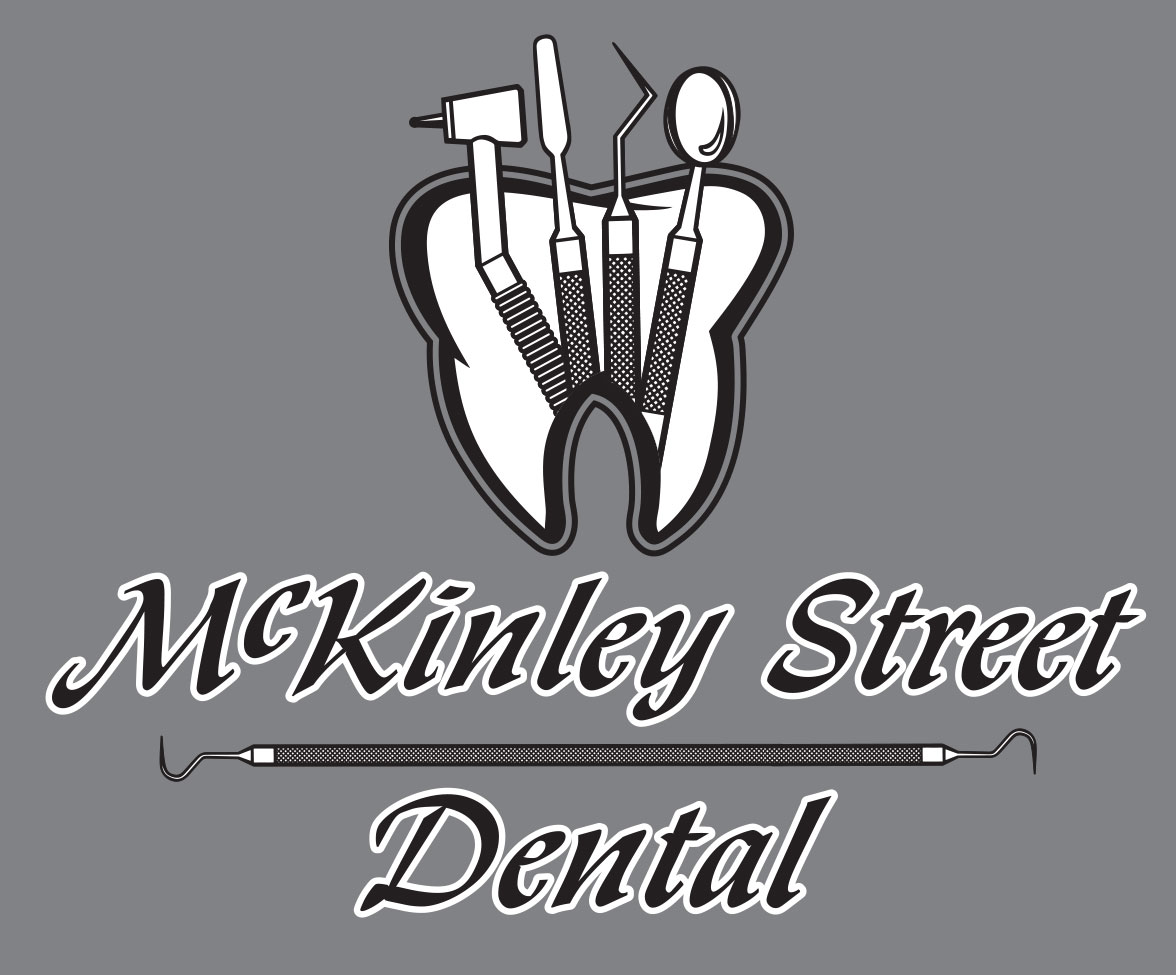Restoration
Dental restoration is a term used to refer to the addressing of oral health problems and procedures carried out on the mouth to repair it to a functional or esthetic state. Some of the procedures carried out for dental restoration include; crowns, fillings, and bridges.
Why you may need dental restoration
There are many factors that determine whether teeth may need dental restoration, some of which include; tooth and gum health, oral functioning as well as self- confidence. Tooth issues such as bruxism (chronic teeth grinding), tooth trauma and decay may require dental
restoration.
Direct dental restoration
Direct restoration refers to curative oral procedures that start treating the dental problem immediately. Bonding and filling of a tooth cavity are examples of direct dental restoration. It can be done in a single procedure when you visit your dentist.
Indirect restoration
This type involves procedures such as bridges, dentures, crowns, inlays, as well as onlays. This
can require several visits to the dentist as some parts are fabricated in the lab. The dentist will provide temporary restorative measures to prevent damage to the tooth or teeth being restored before the necessary lab parts are made.
Which dental restoration type do you need?
Direct restoration is usually carried out on teeth that are relatively intact and healthy. The part of the tooth that is damaged or decayed is removed and replaced with a restorative material. On the other hand, indirect restoration is necessary on teeth with more extensive damage.
It is important to note that personal oral hygiene and regular 6 month dental cleanings lessen the need to have dental restorations.





